We were thrilled to invite digital strategist and experienced keynote speaker Joanne Jacobs to attend our recent Presenting with Confidence course. She has generously shared her thoughts about the course with us and it’s great to hear that she found our unique approach to learningthe skill of effective presentation worthwhile, even for a seasoned pro like her!

We were thrilled to invite digital strategist and experienced keynote speaker Joanne Jacobs to attend our recent Presenting with Confidence course. She has generously shared her thoughts about the course with us and it’s great to hear that she found our unique approach to learningthe skill of effective presentation worthwhile, even for a seasoned pro liker her!
There’s no doubt that effective presentations win contracts, investment and trust. In a business world where the strength of a presentation can mean the difference between investment and bankruptcy, effective selling techniques are an essential aspect of company performance from start-ups to enterprises, and in everything from boardrooms to courtrooms.
How then, should you hone your presentation techniques to put yourself and your company in the best position for prosperity? And if you are a seasoned presenter, from whom should you seek advice on your presentation technique to ensure that your style of engagement continues to improve?
As a veteran presenter, I attended the ‘Presenting with Confidence‘ training program offered by the National Institute of Dramatic Art (NIDA), with an open mind, but certainly with the belief that my own presentation style was perfectly adequate, and served my business prospects well. I learned during the course that while I am generally a confident presenter, with proficiency in the communication of strength, I had significant room for improvement in much more subtle aspects of expression, and that I could greatly enhance persuasiveness with simple adjustments to my presentation style.
The program is a one day corporate training course for business people, and draws on acting techniques to give participants the tools to improve both delivery and persuasiveness of presentations. Led by experienced actors and directors, courses are limited to around ten participants, and all attending must present at least twice during the day, as well as engaging with paired and group activities.
The key difference in the NIDA program from other presentation training I’ve attended is the focus on how actors use time, space, intonation and movement to change the emotional and intellectual investment in a presentation. The trainers are kind and patient, yet they are also ruthless in their approach to eliminating wasteful habits in performance. By ‘wasteful’ habits, I mean unnecessary movement, unnecessary statements or ‘filler’-words, which can work against you and the message you are trying to deliver. The impact of altering these seemingly trivial components of a presentation is profound. The passion, credibility and potency of a presenter can be completely transformed.
Participants in the course are also challenged to think much more rigorously about the kinds of actions that they want their audiences to take as a result of any presentation. It is not sufficient merely to seek positive reinforcement, or to win clients. It is what happens next; how audiences can be equipped to act in a manner that will benefit not only the presenter, but themselves, and as a direct consequence of what they have witnessed in a performance.
This is particularly valuable training. I’ve been presenting as a teacher, university lecturer, industry expert and business mentor for more than twenty years, yet I learned a great deal in this course that I had never considered in my technique. While I was familiar with many of the techniques for dealing with tension and performance anxiety, I was certainly new to many of the tactics associated with spatial and temporal control. And by the end of the day, I was absolutely conscious that work on my presentation technique had only just begun. I needed to invest in my performance, to deliver returns for my business.
I do not normally do much to promote commercial products or services. I like to consider myself as deliberately impartial and I intensely dislike personalised shilling for a brand, in spite of my background in marketing. But in this case, I’m prepared to advocate for the NIDA program. As a course, it’s just the start of a journey to a more compelling presentation style, and it should be considered as much an investment as business insurance or the latest technology to support your activities.
While there is a surfeit of books, consultant services and websites dedicated to presentation basics, the advice often stops where the key component of engagement and persuasion kicks in. And even among presentation practice groups like Toastmasters and debating societies, the feedback on performance comes from your peers rather than from people who best understand the art of performance.
Becoming a better presenter is not just a matter of overcoming nerves, or pacing a speech. It is the spawning of aspiration; the creation of quest in which both you and your audience are invested, and in which you seek to grow, learn, progress, flourish and prevail. To inspire and to influence, you must communicate that vision effectively. And the best instructors in communicating such a vision are those who have dedicated their lives to performing.
Declaration: Joanne Jacobs attended the NIDA Presenting with Confidence course free of charge to audit the program, but she was not paid for this article.
All views expressed are authors own.
| About this author: Joanne Jacobs, Consultant
Want to know more?Contact Joannethrough herwebsite,Facebook orLinkedIn |

